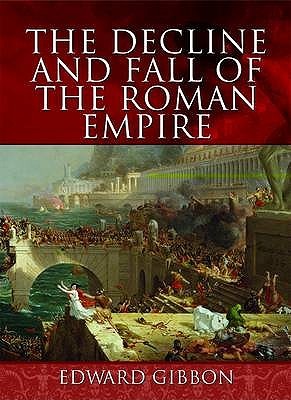



For more than seventy years, Penguin has been the leading publisher of classic literature in the English-speaking world. He then turns his gaze to events in the East, where even the achievements of the Byzantine emperor Justinian and the campaigns of the brilliant military leader Belisarius could not conceal the fundamental weaknesses of their empire. Here, in volumes three and four, Gibbon vividly recounts the waves of barbarian invaders under commanders such as Alaric and Attila, who overran and eventually destroyed the West. Its subject is the fate of one of the world's greatest civilizations over thirteen centuries - its rulers, wars and society, and the events that led to its disastrous collapse. Gibbon also presents a sympathetic portrait of Julian, whose wisdom, courage and clarity bore the hallmarks of the great emperor that Rome needed.Edward Gibbon's six-volume History of the Decline and Fall of the Roman Empire (1776-88) is among the most magnificent and ambitious narratives in European literature. In Volume II (Chapters XVI–XXVI), Gibbon continues his powerful history of the Empire, shining the spotlight on some of the best-known figures and their impact on the growing influence of Christianity, including Nero and, three centuries later, Constantine, whose establishment of Constantinople resulted in the division of the Empire into East and West. In this recording, David Timson incorporates the most salient of Gibbon's footnotes. But Gibbon's style, part historical fact and part literature, is enticing, and the sheer honesty of the man, who endeavours to be scrupulously impartial in his presentation, endears him to the reader. Its sheer scale is daunting, encompassing over a millennium of history, covering not merely the Western Empire from the days of the early emperors to its extinction in AD 476, but also the Eastern Empire, which lasted for another thousand years until the Turks vanquished it in 1453. The Decline and Fall of the Roman Empire has always maintained its initial appeal to both the general public and scholars alike.


 0 kommentar(er)
0 kommentar(er)
